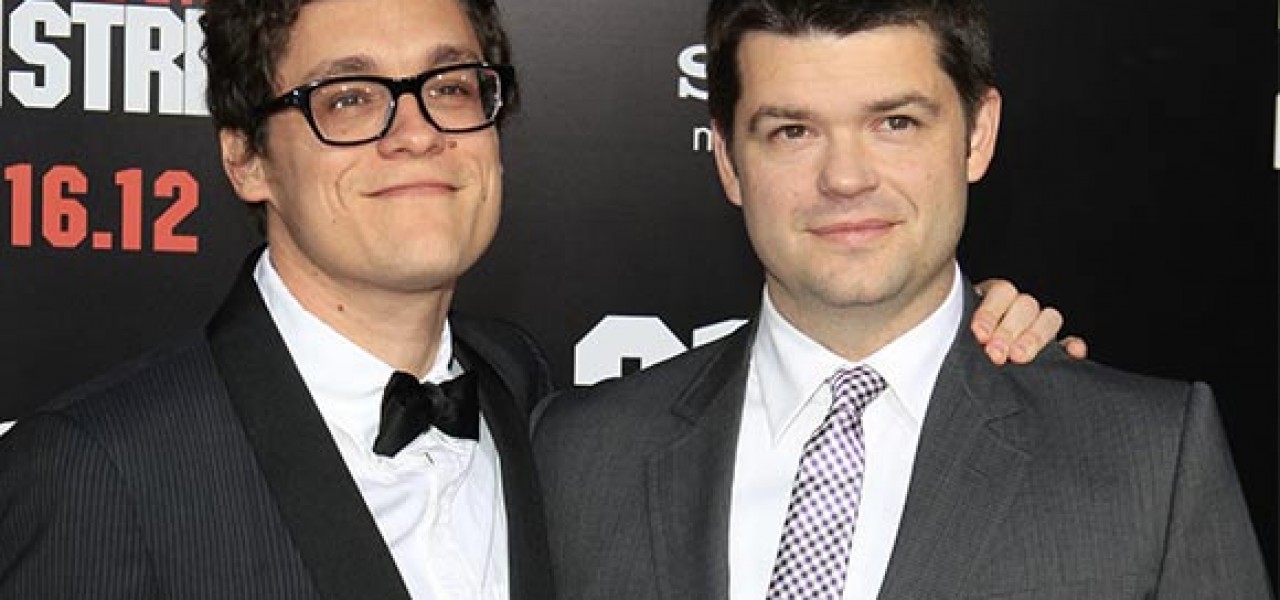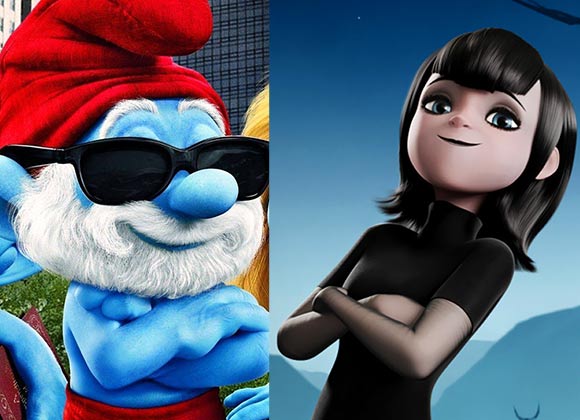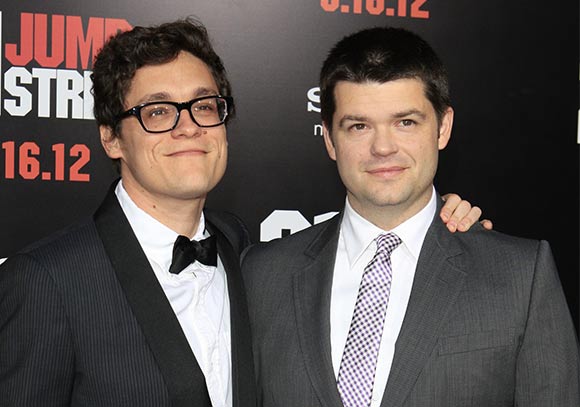

‘LEGO Movie’ Directors Turned Down Offer To Run Sony Animation

Between all the attention focused on the cancellation of The Interview and the silly gossip (is actor Kevin Hart a “whore”…who cares?), there’s been plenty of legitimate news from the Sony hack that serves the public interest.
For example, there’s the revelation about Project Goliath, a secret plot by major Hollywood studios to break the Internet for their own benefit.
Our particlar interests though are related to the dysfunctional Sony Pictures Animation (SPA) and its vfx sister Sony Pictures Imageworks (SPI), both of which are currently defendants in a class-action lawsuit that alleges they participated in an industry-wide wage-theft cartel.
Variety’s vfx beat reporter, David S. Cohen, recently wrote a piece about SPA and SPI based on material that was leaked during the hack. While both units have a toxic reputation in the industry, the extent of turmoil and disarray appears to be even greater than many industry observers had thought.
Here are five things we now know about Sony’s animation/vfx operations, thanks to Cohen’s Variety article:
1. Sony tried to recruit Phil Lord and Chris Miller, directors of The LEGO Movie and Cloudy with A Chance of Meatballs, to create a Pixar-style “brain trust” of filmmakers at Sony Pictures Animation. They view this as a possible solution to the lack of focus at the divison, which has a handful of lukewarm franchises like Cloudy with A Chance of Meatballs and Smurfs (Genndy Tartakovsky is the unit’s one bright spot). Other potential people Sony considered for heading up or joining the brain-trust: Brad Bird (with whom Sony Pictures chief Amy Pascal met), Annie director/writer Will Gluck, and live-action film producer Lindsay Doran.
2. Lord and Miller met with Pascal last summer, and suggested that Seth Rogen and Evan Goldberg, who are currently making the animated pic Sausage Party for Columbia, might be good candidates for their “brain trust.”

3. Lord and Miller ultimately backed out of the deal because they felt Sony Pictures Animation didn’t have its act together:
[W]hen the pair were asked to detail any concerns they might have about coming to Sony, Lord wrote an email to Hannah Minghella, the former Sony Pictures Animation chief who now works for Pascal exclusively on the live-action side. He cited the bad reputation of Sony Pictures Animation and the studio’s visual effects unit Sony Pictures Imageworks, a reputation that developed from the loss of key talent from both divisions and Imageworks’ move to Vancouver..
Lord further expressed to Sony execs that he felt the company’s “artists have been treated like paper, and it’s too hard to do great work there.”
4. Sony was unsurprised that Lord and Miller rejected their offer; they know that both their animation and vfx divisions have low morale and a talent brain-drain. Many of the problems stem from poor management; for example, their vfx unit Imageworks lost its competitive edge in Los Angeles after constantly shifting its operations to different cities like Albuquerque, New Mexico and Vancouver, Canada, in a race-to-the-bottom quest for free government handouts.
Before the meetings with Lord and Miller, Minghella had even written an email to Pascal outlining issues that the SPA/SPI units were having:
“Current Problems:
– low morale negatively impacts talent retention.
– studio reputation negatively impacts talent recruitment - only one (proven) director in-house: Genndy [Tartakovsky]. - SPA no longer has the competitive edge it had before Fox, Universal, and Paramount started their animation divisions.
– ImageWorks moving to Vancouver also impacts the competitive edge that came from being LA based - limited financial success compared with other animated titles – what are the drivers of this: Quality? Originality? Marketing? Dating?
– limited number of active projects/franchises – Cloudy, Hotel T, Smurfs, Popeye
– does the relationship with ImageWorks help or hinder SPA?”
5. Sony CEO Michael Lynton thinks that most of the problems stem from Bob Osher, the Sony exec in charge of both SPA and SPI. Lynton hinted in an email to Pascal that they should fire Osher:
“I am only sorry that left bob to his own devices and let it get to this point. And we just renewed Bob which is also a problem given what we will probably have to do. That being said we should do it.”
 SEE ALSO: Sony Animation’s Bob Osher Makes $1.25 Million A Year, But Don’t Compare Your Salary To His
SEE ALSO: Sony Animation’s Bob Osher Makes $1.25 Million A Year, But Don’t Compare Your Salary To His
At this point, it’s unlikely that a simple management change at the top will stop Sony’s tailspinning animation and vfx units. Years of incompetent management and poor decision-making have compounded into a mess that could be beyond saving.

